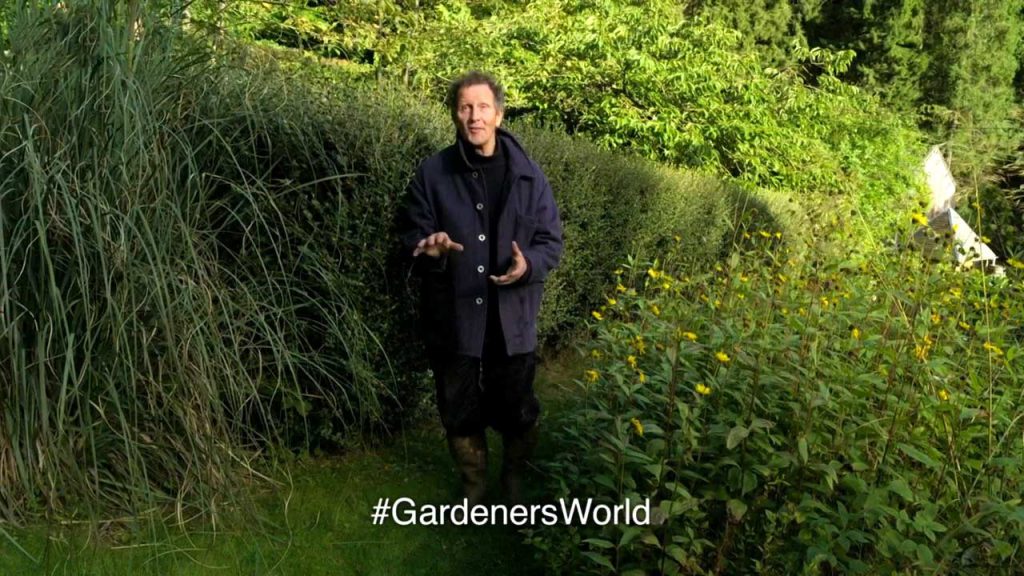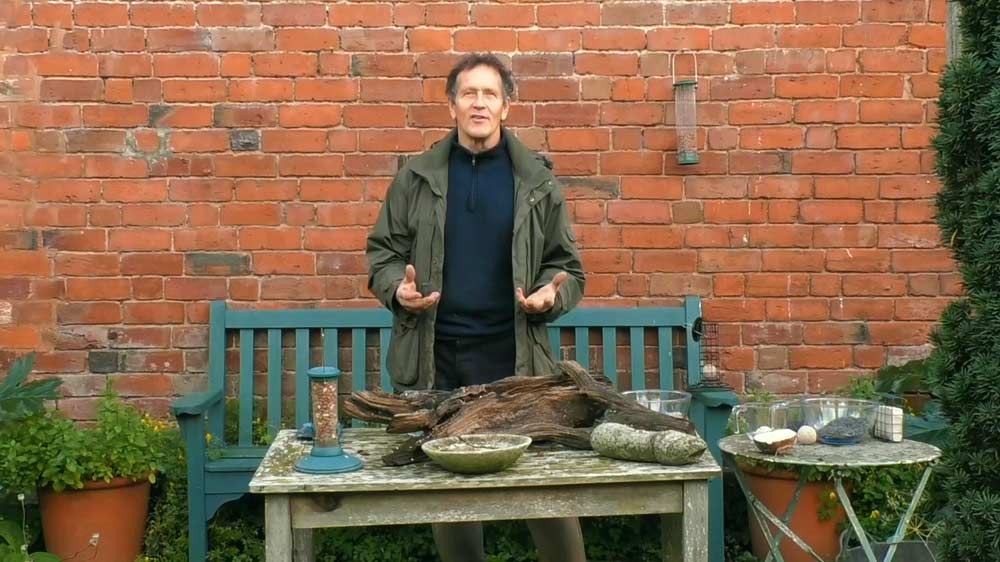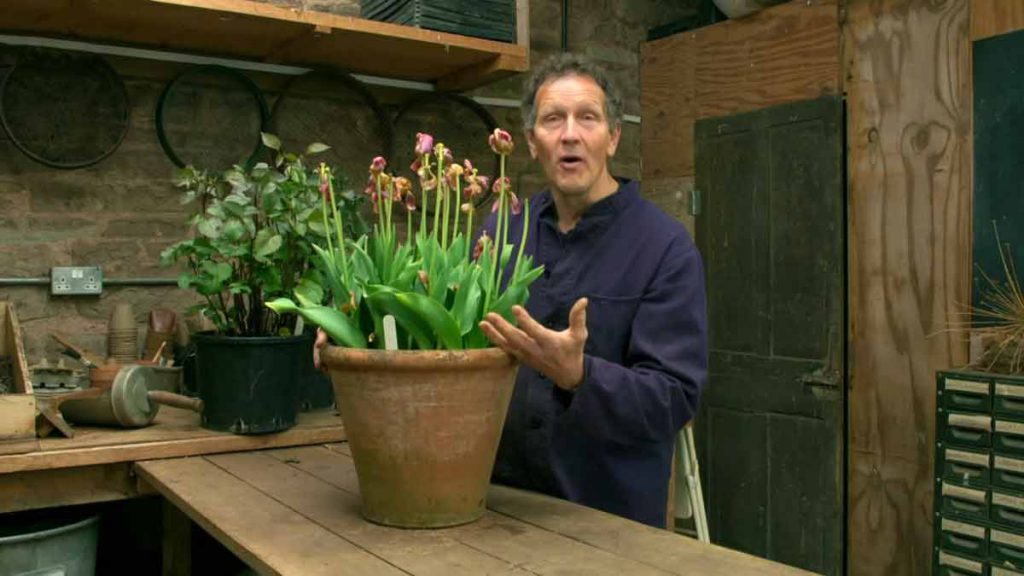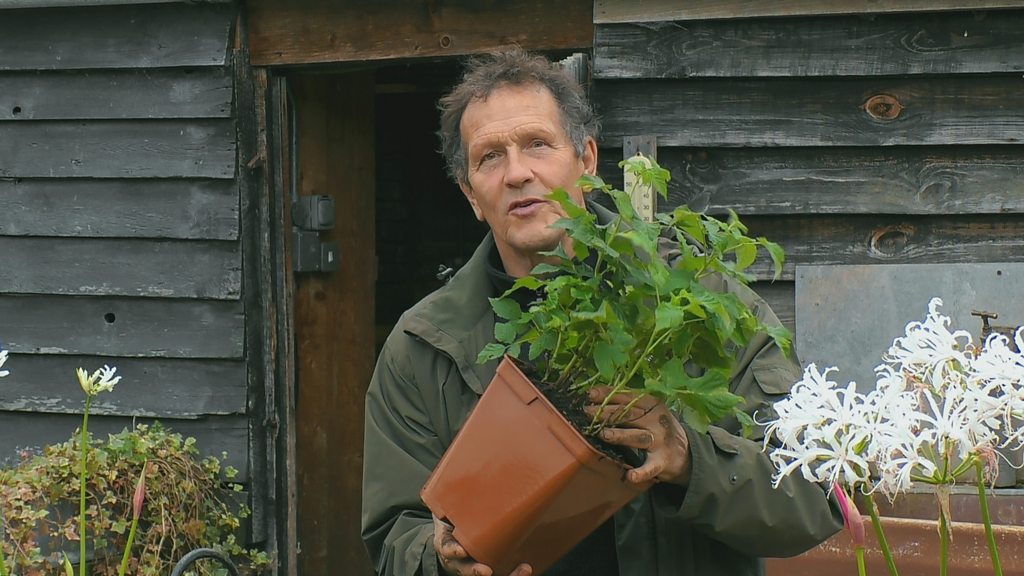Gardeners’ World 2021 episode 28: In a special programme, Monty and the team celebrate the wonder of trees and explore the vital role they play in our gardens and the wider landscape. Toby Buckland visits a tree project in North London which is all about engaging children with nature, growing and sustainability, while Nick Bailey gives us his ultimate guide to the top trees for your garden.
We visit a ground-breaking project in Staffordshire, which is using living experiments to monitor the crucial part trees play in mitigating climate change, and Arit Anderson finds out how planting more trees can support both humans and the planet.
Gardeners’ World 2021 episode 28
Trees for gardens
There are many trees widely available for smaller gardens, in all shapes and sizes, evergreen and deciduous. Given that many of us have limited space in which to garden, it becomes important that any trees chosen are right for their surroundings, in terms of proportion as well as for their decorative value.
There are many factors to take into consideration when choosing a tree for a small garden. Here are some of the more important ones:
- Height and spread: This is probably the most important factor. Even small ornamental trees may, over time, reach a height of 6-8m (20-26ft) or more. If this is too much, consider a weeping form, as these rarely increase much in height, or choose a large shrub. If spread is a problem, such as in a very restricted area, consider a columnar tree, as these do not spread appreciably
- Season of interest: Consider when you want your tree to look good, thinking about flowering time, foliage, fruit and bark. If you only have room for one tree ideally look for one with more than one season of interest such as fruit or autumn colour following on from flowers
- Deciduous or evergreen: Both types of trees have their advantages, the obvious one for evergreens being that they keep their leaves throughout the year. But many deciduous trees provide lovely autumn foliage colours not available with evergreen trees
Trees in pots
Growing trees in containers is ideal for small gardens or where space is limited, such as on a patio or terrace. They can bring height, fruit, bark and autumn colour into these small spaces.
Start by choosing containers that suit the style of your garden and that are large enough to house the rootball of your tree. Ensure that the container has plenty of drainage holes. Do not put a small tree in a very large container; instead pot up the plant in stages, finishing with a minimum final container size of about 45cm (18in).
Frost-proof terracotta pots are heavy, providing extra stability to prevent trees blowing down in windy weather. However, the porosity of these pots means the compost dries out quickly and the weight makes them difficult to move around. Lighter-weight plastic is a good choice if you need to move plants around and they are good at retaining moisture. Metal, wood and stone pots are also available.
Espalier training – Gardeners’ World 2021 episode 28
Training apples and pears as espaliers is a space-saving way of growing fruit on a wall or fence. They require little pruning once established and are attractive in blossom and fruit and architectural during winter. Ornamentals such as Pyracantha are sometimes trained as espaliers.
Firstly you need to establish a training system against a wall or fence. Erect horizontal wires 35-45cm (15-18in) apart between posts, or straining ‘eyes’ on walls or fences. Trees should be planted 3.75m-6m (12-20ft) apart, according to their vigour.
When planting an unfeathered maiden, cut back the main stem to 30cm (1ft) from the ground. Allow the top three buds to grow out in spring, then train the top one vertically up a cane, and tie the others to canes at 45 degrees to the main stem. In November, lower them carefully until they are horizontal, tying them in with soft twine. Cut back the vertical stem to within 45cm (18in) of the lower arms, leaving two buds to form the next horizontal layer and the top bud to form the new leader. If growth is weak, prune back the horizontal branches by one-third to downward facing buds.
The following year train the second tier in the same way as the first. Cut back competing growths on the main stem, and cut sideshoots from the horizontal arms back to three leaves above the basal cluster (the bunch of leaves denoting the start of the current season’s growth).
Bonsai
Bonsai is the art of growing dwarf trees and shrubs from seedlings or rooted cuttings. It requires careful training, pruning and container restriction – the latter giving bonsai its name as it translates as ‘tray cultivation’. This is a fun and beautiful way of cultivating plants on a miniature scale.
The methods explained below are for outdoor-grown bonsai. However, there is a section at the bottom of this page on indoor bonsai.
Most trees and shrubs can be grown as outdoor bonsai. The act of restricting growth causes the leaves to become reduced in size. Naturally small-leaved plants such as azaleas lend themselves most readily to bonsai, but bear in mind that their leaves will become smaller still. Scot’s pine (Pinus sylvestris), larch (Larix sp.), Cercis sp, maidenhair tree (Ginkgo sp.), Lonicera nitida, yew (Taxus baccata) and Japanese maple (Acer sp.) are all good for starting your collection off.




